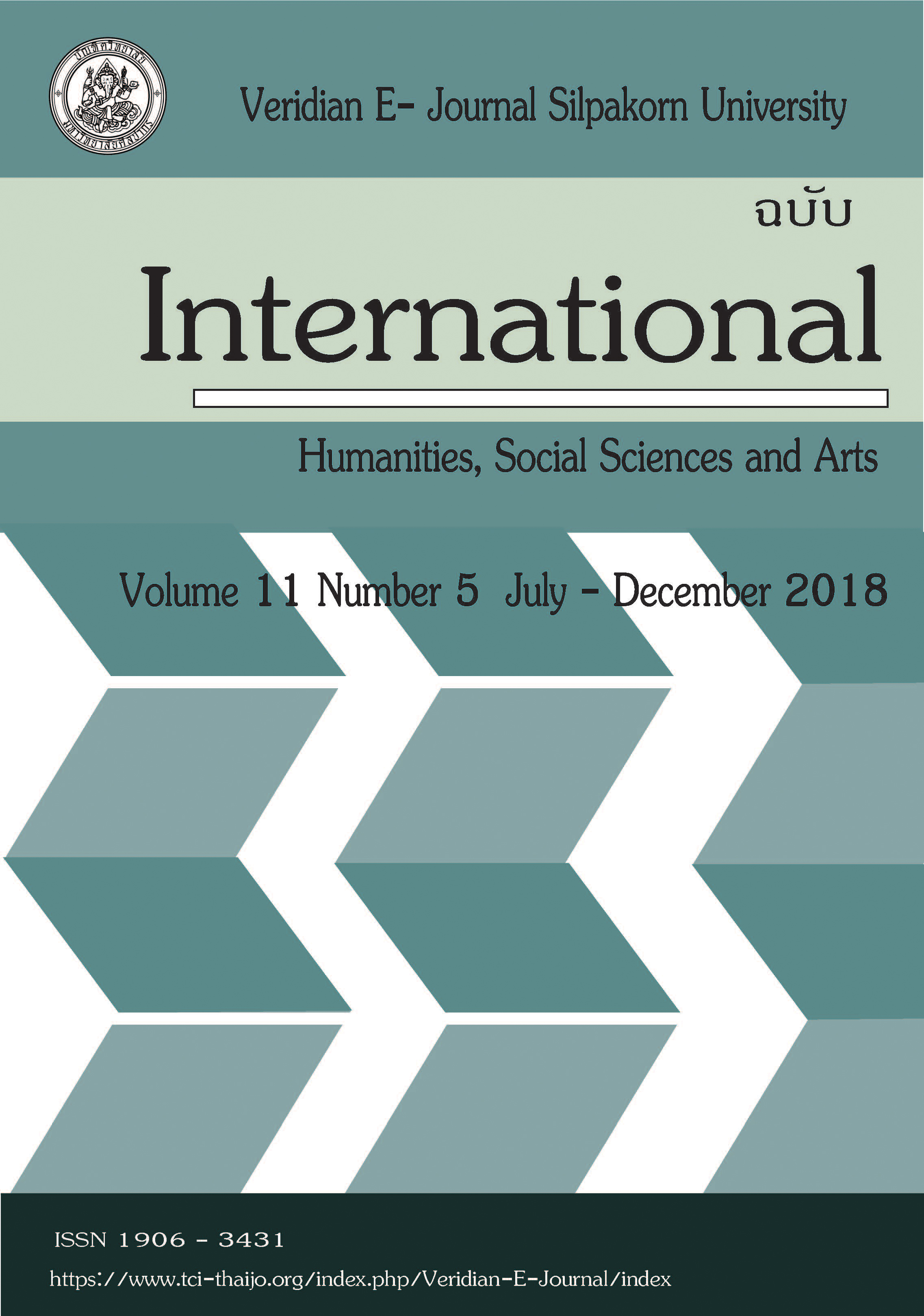Development Of An Electronic Brainstorming ApproachTo Enhance Creativity Of Communication Arts StudentsIn Visual Communication Design In A Thai Private University
Main Article Content
บทคัดย่อ
This research aims to develop an electronic brainstorming model to enhance creativity in visual communication design for Communication Arts students. This quasi-experimental research made use of pre-test and post-test to compare the results of creativity test of two groups of students using two brainstorming methods: online and face-to-face. Sixty second-year students from school of Communication Arts of a private university in Bangkok were selected using purposive samplings. The participants were divided into experimental and control groups; each group comprised of thirty students. The electronic brainstorming model was applied to the experimental group while the control group received traditional (face-to-face) brainstorming method in classroom. The data was analyzed using mean values and standard deviation in particular as follows, the six-steps of creative thinking process, the five-steps of electronic brainstorming session process, and the six-steps of visual communication design process. Research hypotheses were tested using independent sample t-test, and paired-samples t-test. In order to assess creativity in visual communication design, paired-sample t-test was conducted to see whether the scores on the pre-test and post-test are different. The results indicated that the mean post-test score (M = 231.02, S.D. = 48.61) was significantly better than the mean pre-test score (M = 177.86, S.D. = 23.78), t (59) = -9.80, p = 0.00. Moreover, independent samples t-test was conducted to compare the levels of improvement on creativity in visual communication design between the control and experimental groups. T-test was significant, t (58) = 11.41, p = 0.00. The results of the hypotheses testing showed that the students in the experimental group obtained better score on creativity test for visual communication. The result was statistically significant at 0.05 (P < 0.00). Major findings: (1) pedagogical affordance of electronic brainstorming makes a significant improvement in terms of creativity in visual communication design for Communication Arts students, and (2) electronic brainstorming model has considerable potential to improve creativity in visual communication design for Communication Arts students.

